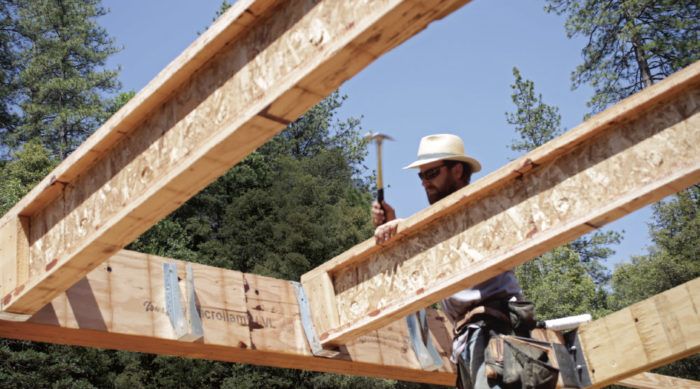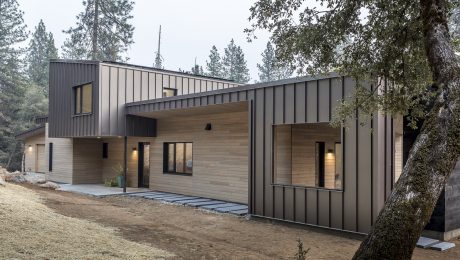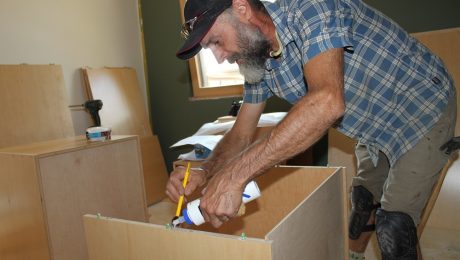
What is California 2020? The energy used in buildings is the second-largest contributor to California’s greenhouse-gas emissions. Concerned about both energy use and its environmental impact, the California Public Utilities Commission adopted the California Energy Efficiency Strategic Plan in 2007. The plan set a goal that all new residential construction be zero net energy (ZNE) by 2020. (The plan targets ZNE for new commercial construction by 2030.) There’s a two-pronged approach to meeting this goal: one, reduce energy use, and, two, encourage the use of renewables.
Energy reduction takes place through Title 24, which sets the building energy-efficiency standards in the state. It’s one of the most progressive energy codes in the U.S., requiring the use of LED lighting and occupancy sensors. For a successful renewable-energy initiative, the commission has sought to create market demand for ZNE by educating the public about the benefits—and savings—of high-performance houses and supporting builders. Since 2007, the commission has been providing education and training to builders and designers and making an integrated suite of technical tools available.
What impact has the 2020 initiative had so far? Of the 103,077 new single-family homes and 45,354 low-rise multifamily homes built in 2015, there were an estimated 140 ZNE builds. By 2017 there were 7432 ZNE builds, while the number of projects remained essentially the same.























































View Comments
Let me guess, the kartrashians and the rest of the Hollywood Elite will find an exemption from this energy code..